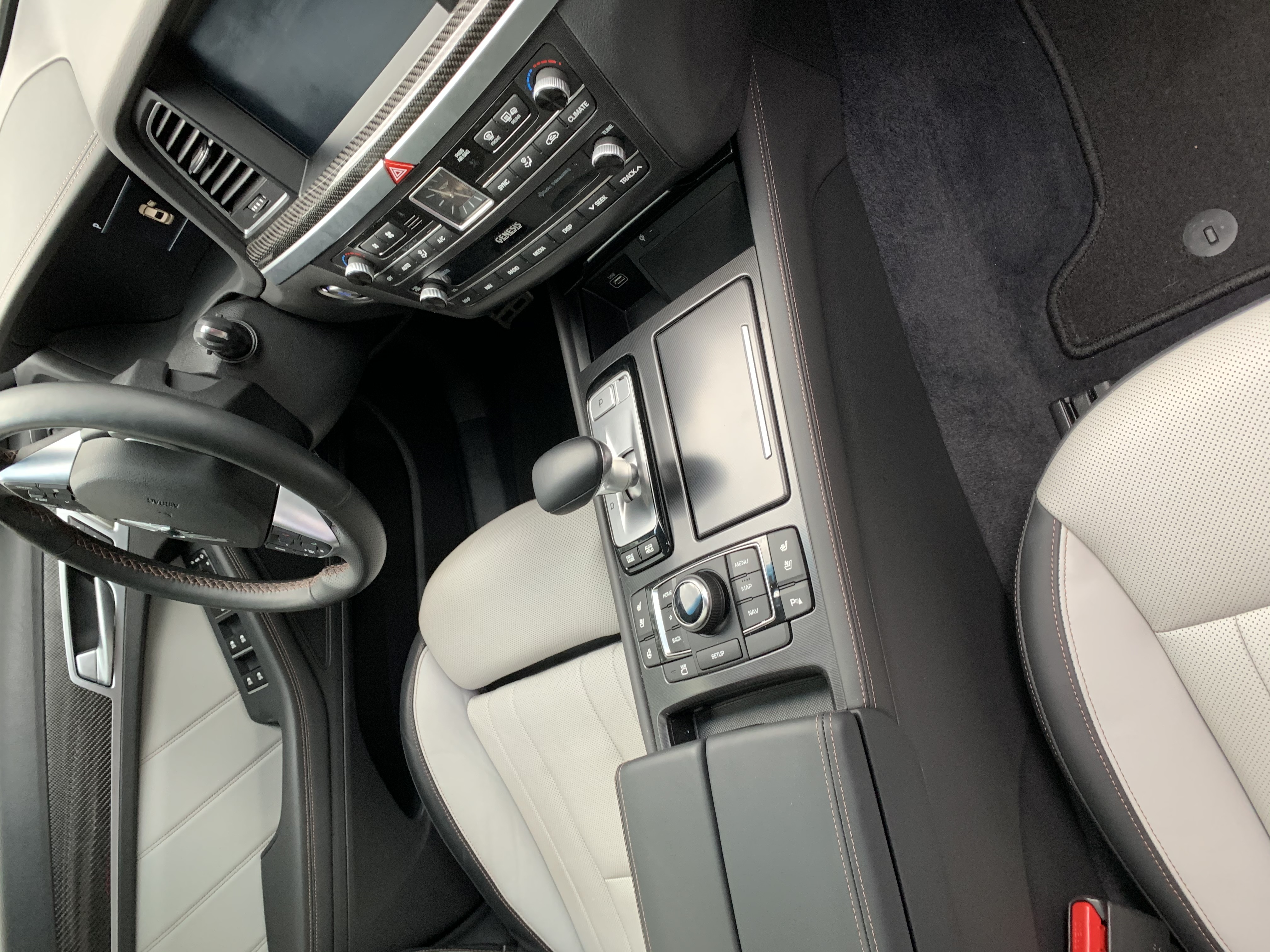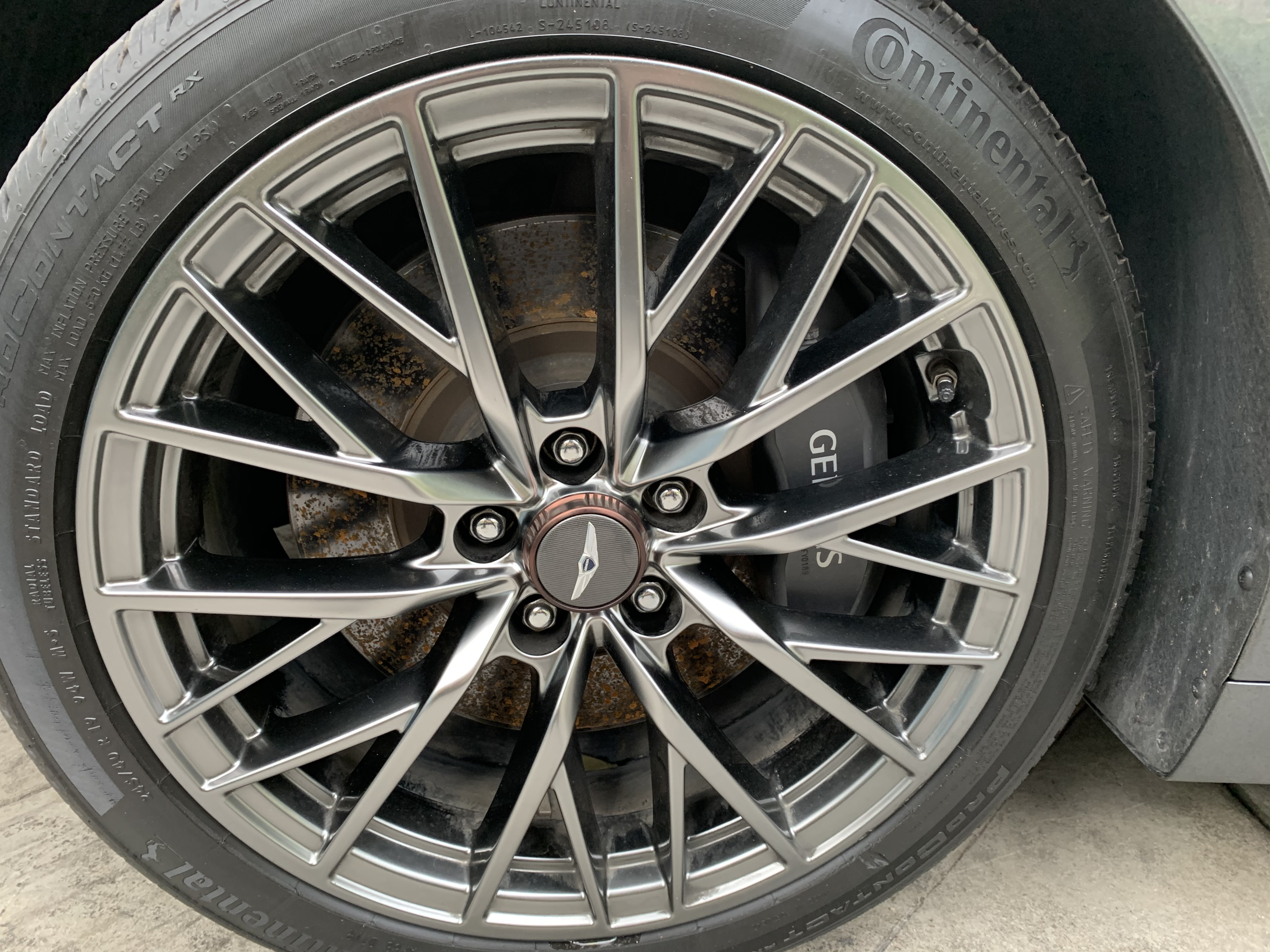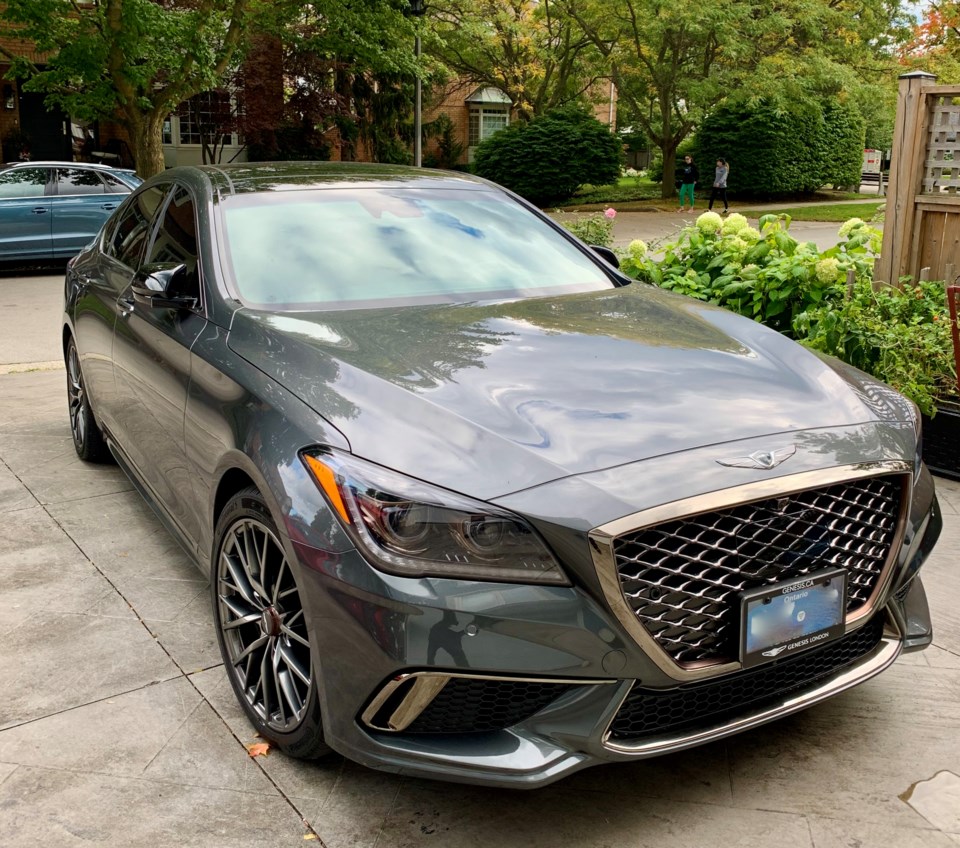I recently had the experience of looking for a slightly used car to replace our 12-year-old model with 150,000 km on it. After several years of necessary repairs due to normal wear and tear, as well as some upcoming maintenance costs, it was time to consider a change.
As a long time car enthusiast and automotive journalist, I have had the opportunity to test out many new vehicles over the past years. Some may think this makes choosing a replacement easier – not so!
There are lots of things to consider when trying to find something that fits your own personal needs and situation. In this case – it was replacing my wife’s car.
Lots and lots of choices
The last time we looked at cars for our use was in 2008. Since then, there have been many new convenience and safety features as well as the introduction of plug-in, hybrid and fully electric models. Fortunately, I have had the benefit as an automotive journalist, to review many of the new models introduced to the Canadian market.

Despite being in our “later” years, we (my wife) opted to stay with a mid to large size 4-door sedan as we enjoyed the ease of entry with the larger doors and the ability to accommodate other adults in the rear.
My wife considered a SUV but simply felt more comfortable in a sedan. There is no right answer – it’s a matter of personal preference and simply where you feel most comfortable.
Our experience with Hyundai Genesis for the past 12 years led us to consider the same brand for the replacement.
Since Hyundai introduced the Genesis in 2009, it spun the brand off on its own and introduced three different sizes of the car – each with its own trims.
We settled on the G80, a mid-sized sedan comparable in size to the existing one.
The only other decision was to choose the right trim.
Having done reviews of a number of Genesis models, my engine preference has always been the 3.3L twin turbo rather than the normally aspirated V6 or V8. However, having settled on a specific model and trim, we were not keen to make the investment in a brand new one. We opted to try and find a slightly used car (under 10,000 kms).
Genesis offers a 5-year warranty with regular servicing included, so the date of first registration becomes very important. While there were some excellent choices with used 2018 and 2019 models, these were often first registered as early as 2017 – leaving very few years left on the original warranty. I opted to search for a 2020 model registered no later than fall of 2019, to provide warranty and servicing until the fall of 2024.
Requesting a CARFAX from the seller will give you all the necessary registration dates as well as prior accident claims, ownerships and servicing, if any.
I also considered whether to buy from a dealer rather than a private seller – and decided on the dealer.
Making the purchase
After some weeks searching on Autotrader.ca, the perfect car located at a Hyundai dealer appeared. Slightly over 8,000 kms, the right model, trim, engine and color – at an acceptable price and at a dealership.
A quick visit to the dealership to inspect the car and complete a test drive confirmed that it was what we were looking for. Although this was a Hyundai dealer, they also had a dedicated and experienced Genesis sales representatives that understood the product.
So what do you do on a test drive and also to “inspect” the car?
As I have written in a prior article, you really can’t experience the pros and cons of a vehicle during a 10-20 minute test drive. Unlike my opportunity as an automotive journalist to drive my “review” for an entire week and test out all sorts of situations including a 4-hour drive, most car buyers find themselves relying on the all too short test drive, and perhaps some automotive reviews.
I have always recommended renting for a week where possible or even negotiating a longer test period.
After the test drive, it is most important to inspect a used car for specific items not related to mechanical worthiness.

To begin with, look at the date the tires were manufactured (see my article on buying used tires and rims) to see that they are not older than a couple of years. For a 2020 model that may have been manufactured in 2019, the tire manufacture date should be no earlier than mid year 2018. Examine the tire rims for “road rash” – and if any, ask that the rim be repaired. I wouldn’t be too concerned about a dented/damaged rim as this will become apparent during a test drive.
Look over the body of the vehicle for any unusual paint damage. This may appear as a blemish or shadow on the surface. I recently helped a friend looking at a used Porsche at a reputable dealer. I was able to identify an imperfection in a body panel that I insisted should be corrected, as I just knew it would bother my friend. Most dealers will fix these things in order to sell the vehicle.
The more difficult things to identify are normal wear items such as brake pads, rotors, windshield wipers, etc., that you don’t want to have to replace in the near future.
For brakes and rotors, you can request a measurement and report (normal for most regular maintenance) on the % remaining on brake pads and thickness of the rotors.
Also request to see and review the service records – to see if anything other than normal service items were required.
Ask for these things to be explained to you in “plain language”.
To trade-in or to sell privately?
I have privately sold a couple of our past cars and while successful, have found the process to take longer and involve more issues than is perhaps worth the extra dollars. We offered our car as a trade-in.
The dealer sensibly wanted to put it on a hoist and inspect it before they placed it up for auction – to get a sense of what it might be worth. We were offered a price which according to the salesperson, if the auction fetched more, we would get more.
The trade-in value is deducted from the buy price, that also reduces the GST on the net. The dealer can confirm the auction amount actually received by showing you the final result on the auction website to give you the peace of mind that you were treated fairly.
What should you ask for - at no additional cost to you?
This will of course depend on the dealer’s incentive to sell the car. After the trade-in value is settled, I routinely ask for top line winter tires on nice alloy rims as well as window tinting and winter mats.
You can expect the salesperson to “check” with the sales manager and if you are reasonable, the tires, rims and tinting can usually be thrown in for free.
Depending on the brand, I have also been successful with getting the first few scheduled service visits done for free (not an issue with Genesis as this is included for the first five years of the car).
How to pay for your purchase?
Depending on your financial position and where you buy from, you may have a number of options.
As this was a dealer, they can offer a number of financing options should you not be in the mood to pay the entire purchase amount at once. Generally, we will want to use some of but not all of our savings, leaving the balance to finance. That leaves a few more decisions to make:
- Finance the balance over a period that can be up to 84 months.
- Lease the vehicle for a specified period of time with the option to fully purchase the vehicle at the end of the lease.
In our case, we decided to buy the car with about 65% paid up front and finance the balance over 84 months at 2.94%. That would provide us a monthly and affordable payment as well as the option to pay it off at any time (should we win the lottery).
And now for the additional “pressure” to spend more
After the pleasant experience with the salesperson, you are handed over to the “financial services manager” to complete the paperwork.
But first, there is an introduction to “insurance” plans to “protect” your investment. These may include everything from rust protection, paint protection, leather protection through to extended warranties. I was offered a (before tax) rust, paint, leather package for $1,595 as well as an 8 year 120,000km extended warranty for $5,100 retail, then adjusted down to $2,495 and after further balking, at a final offer of $2,250.
Like most insurance, these packages are intended to give you some peace of mind – that should your car suffer something, that you have insurance to cover the cost.
After some research on the web, I opted not to purchase any of these. I also carefully reviewed the existing warranty that provides another four years of coverage.
We typically keep vehicles at least ten years (the next youngest are now 15 years and 19 years old) and have yet to experience the need for an extended warranty.
Licensing and insurance
When trading in your car, you have the option of keeping your plates and simply transferring the ownership to the new vehicle or getting new plates – with taking the old ones back for a refund. It is a lot simpler to let the dealer handle the transfer of existing plates and registration.
You will want to notify your insurance company of the new buy and they will want to see a copy of the bill of sale as well as the identity and address of the financing company. In addition to issuing you a new certificate of insurance, they will also prepare an insurance binder for the dealership.
The final pick-up – what to expect and look for
The vehicle of your dreams is finally ready and you drive off to the dealer with your trade-in, outstanding payment and insurance coverage for your new ride.
At the dealer, you will hand over keys, payment and proof of insurance. The dealer will of course switch your plates over, provide the new registration documents, bill of sale and hand over your new vehicle. It is best to do a final outside and inside visual check – and make sure the manuals are there as well.
A full tank of gas, extra windshield fluid and perhaps even some chocolates or flowers are always a nice touch provided by customer focused dealers.
Things to consider
Buying that new vehicle does not have to be a stressful affair.
Despite the plethora of choices, there is lots and lots of information available on the web to help narrow down the possible options.
Autotrader.ca can give you a sensible idea of what a used vehicle should cost as well as availability. If you can, do all of this when you are not under pressure to buy.
Taking your time to consider your needs, desires, options and trying out different vehicles can lead you to a best result.
